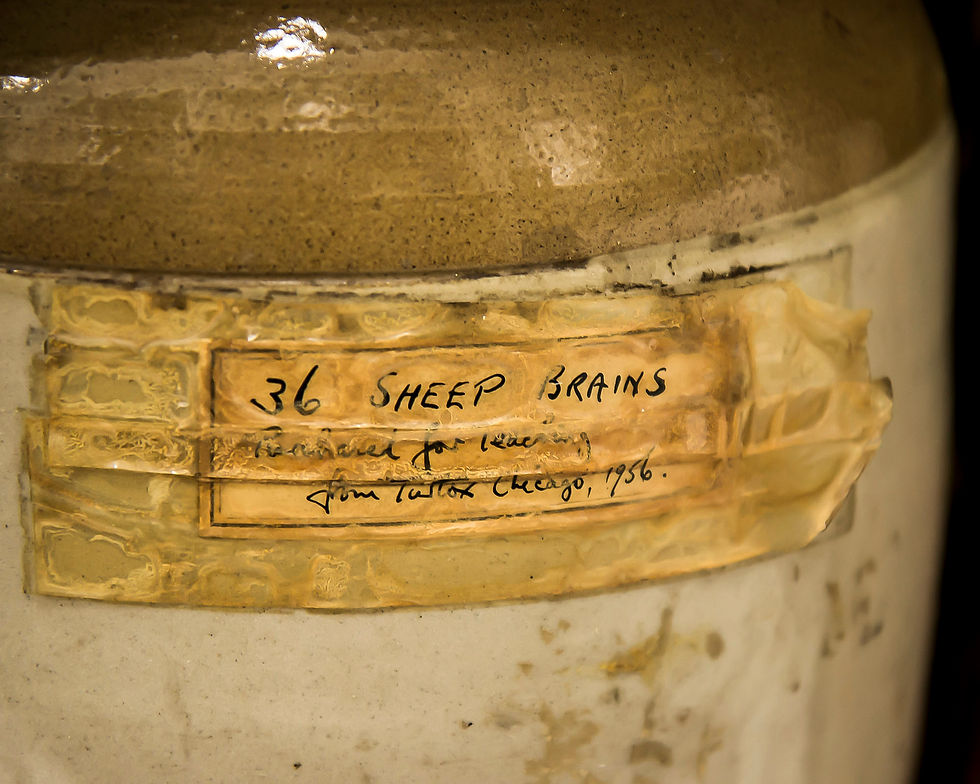Pickled
A selection of the animal specimens kept in the Oxford University Museum of Natural History archives

Southern pig-tailed macaque OUMNH 20305


Cow foetus OUMNH 11611

American black bear (brain) OUMNH 833

Brown rat (dissection) OUMNH 09794

Cow (brain) OUMNH 2065

Chicken (egg production) OUMNH 1505

Horniman Museum

Tasmanian devil (stomach and messentry) OUMNH 8087

Hammer headed fruit bat OUMNH 3371

Aye aye OUMNH 549




Slender loris OUMNH 4275

Horniman Museum

Horniman Museum

Horniman Museum

Horniman Museum

Horniman Museum

Horniman Museum

Common degu (and others) OUMNH 821

OUMNH 821


Slender loris OUMNH 3288

Hedgehogs OUMNH 3013

Giant asian toad OUMNH 8012

Pig (brain) OUMNH 2062

Leopard (brain) OUMNH 2334

Porpoise (brain) OUMNH 02446
A selection of the animal specimens kept in the Oxford University Museum of Natural History archives and on display at the Horniman Museum.
The archives are a compilation of many notable Victorian collectors such as Thomas Bell, William Burchell and Charles Darwin. Throughout the records, other names are scattered - the Christchurch collection, the Turner collection, the Ashmolean Museum collection. Many of the 5,000 mammal specimens, 17,000 bird skins and 5 million arthropods do not even have the collector recorded, though they contributed to some of the finest research archives in the world.
As in any broad collection, many objects may feel too trivial to store. Sometimes it is a puzzle why the samples were collected at all - one earthenware jar is simply labelled "36 sheeps brains". These samples often show a new way of looking at something commonplace - the rat dissections from both OUMNH and the Horniman reveal the hidden world inside. However, amongst the everyday and exotic of yesteryear are 2,000 specimens from animals that became endangered and extinct and now represent a treasure trove of information for current and future scientists.
The archives are not open to the public and so images have been taken with special access and permission, courtesy of the Oxford University Museum of Natural History.
Images taken courtesy of the Oxford University Museum of Natural History and the Horniman Museum, London.

